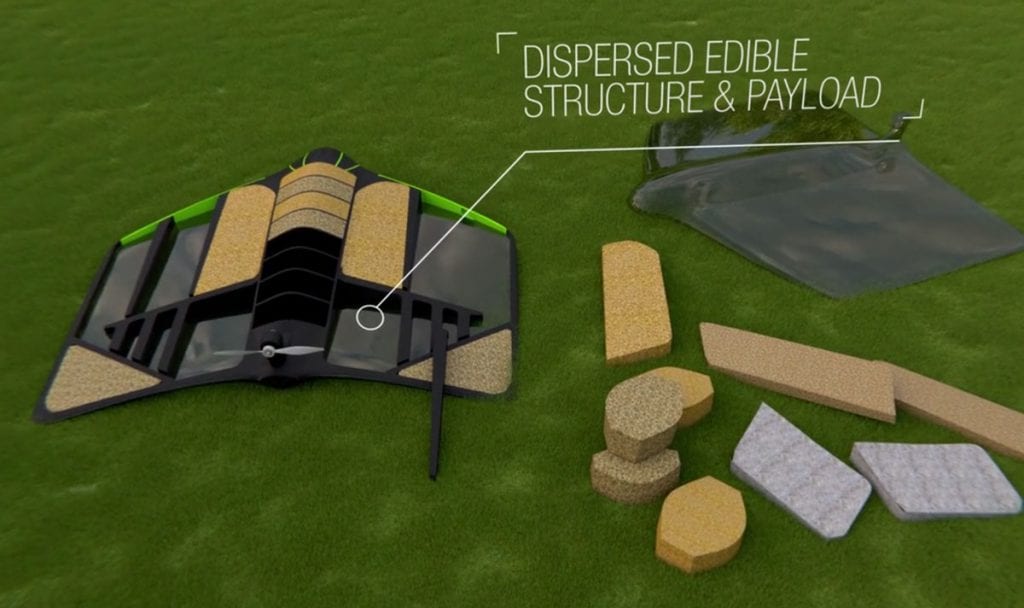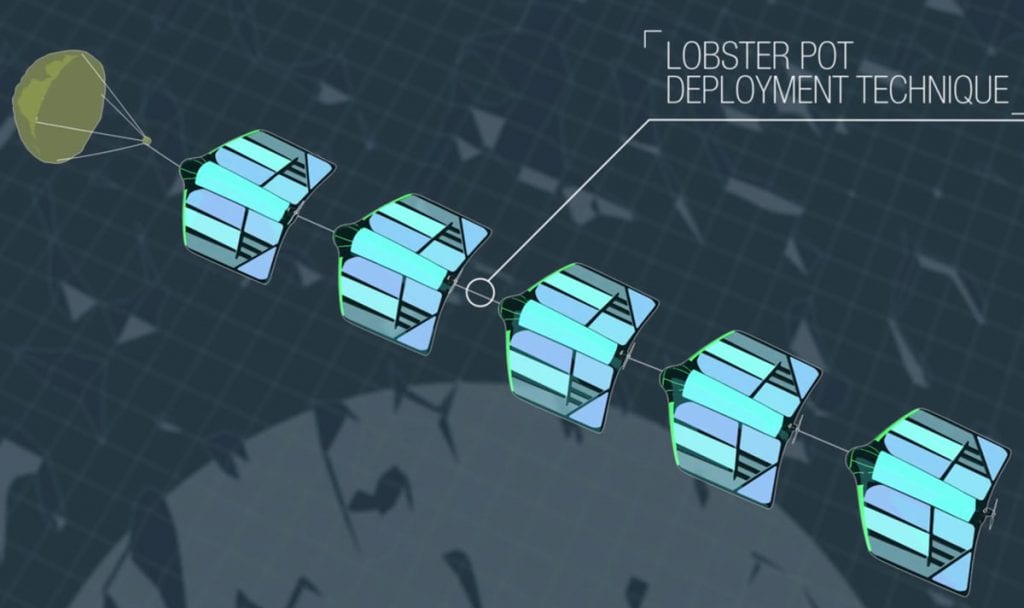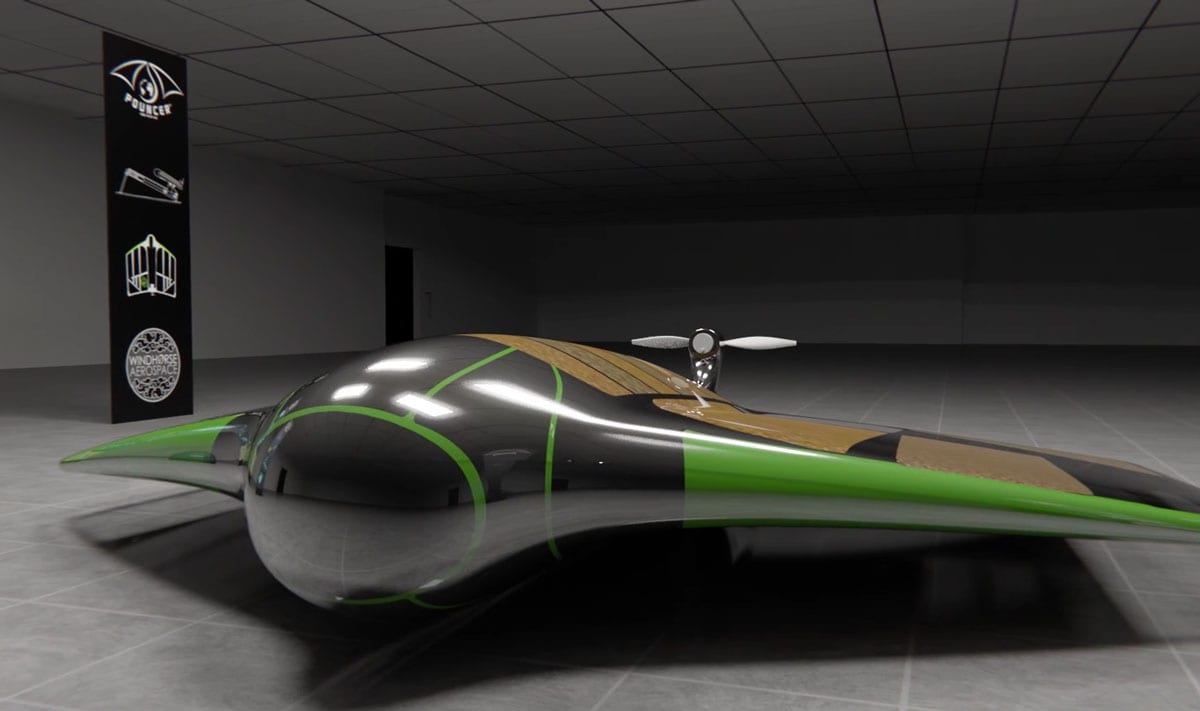News
Can You Stomach It? Edible Drones to Deliver the Goods in Disaster Response
Assisting persons affected by disaster or human crisis can be a problem, particularly if a region is cut off or otherwise inaccessible. This is the problem Nigel Gifford found himself pondering over a coffee with a Royal Air Force officer who, at the time was searching for a way get food to residents of Aleppo in Syria.
Gifford, an aeronautics engineer and adventure enthusiast, who sold Ascenta, his solar-powered drone company, to Facebook in 2014 for $20 million, thought he might have an answer.
It led him to found the now two-year-old Windhorse Aerospace, based in Yeovil, England, where he is now developing drones that don’t just deliver materials to civilians, but also are partially made from things they can eat. “Terrorizing populations has become one of the most effective methods of modern hybrid warfare,” he says. “This is a way to send people the food and nutrition they need.”
He believes even back then his idea was the right one to bring to life, saying, “I realized how sensible that was.” Considering that the drones will be unmanned, no pilots are in danger of, say, getting taken down. Being drones, the vehicles also could land in very tight spots and end up in the right place using a high level of precision.
“A lot of agencies provide things the people will not consume,” says Gifford. So, he launched Windhorse Aerospace to find a way to create a drone, which he called “Pouncer”, that not just carried food for animals and people in its own freight, but also was created partly from their stuff.
A self-sustaining for-profit company wold be more efficient than a not-for-profit, Gifford thought, and so Windhorse was born. Instead, NGOs and aid agencies are the clients.
Gifford’s project includes construction of three different versions, all of which deployed from an aircraft or the ground. Each subsequent version would have increasingly better capabilities, carrying different weights and traveling greater distances, with the largest having a wingspan of nine feet.
Multiple Pouncers would be deployed in a lobster pot formation, and upon landing the structure would be broken apart. Both the structure itself as well as the internal payloads would be edible.

The Pouncer would have both an edible structure and payload | Windhorse Aerospace

The drones can be deployed in a lobster pot formation | Windhorse Aerospace
Development has taken longer than Gifford anticipated, and many of his greatest challenges haven’t been technical. Becoming certified to fly is one such example, since drone safety is an issue of some concern nowadays for regulators. “They need to know that anything that flies through a country’s air space is safe no matter what it’s made of,” he states. In the same way, aid agencies must be sure the drones will be easy to use and reliable.
Central to the attempt was finding hearty foods capable to withstand the voyage. Additionally, all food would need to be culturally and religiously acceptable to recipients.
Gifford and his staff also are still testing out the food – for example, experimentation with vacuum-packed packaging. So far, they have flown several prototypes created out of timber, but will in time be replaced by food–anything from pasta to dried meat.
Will the disaster affected stomach the idea? Gifford hopes so – he plans to launch the completed drones will by the close of 2018, and with that in mind is seeking the right partners to help fund the development of the edible drone.



















